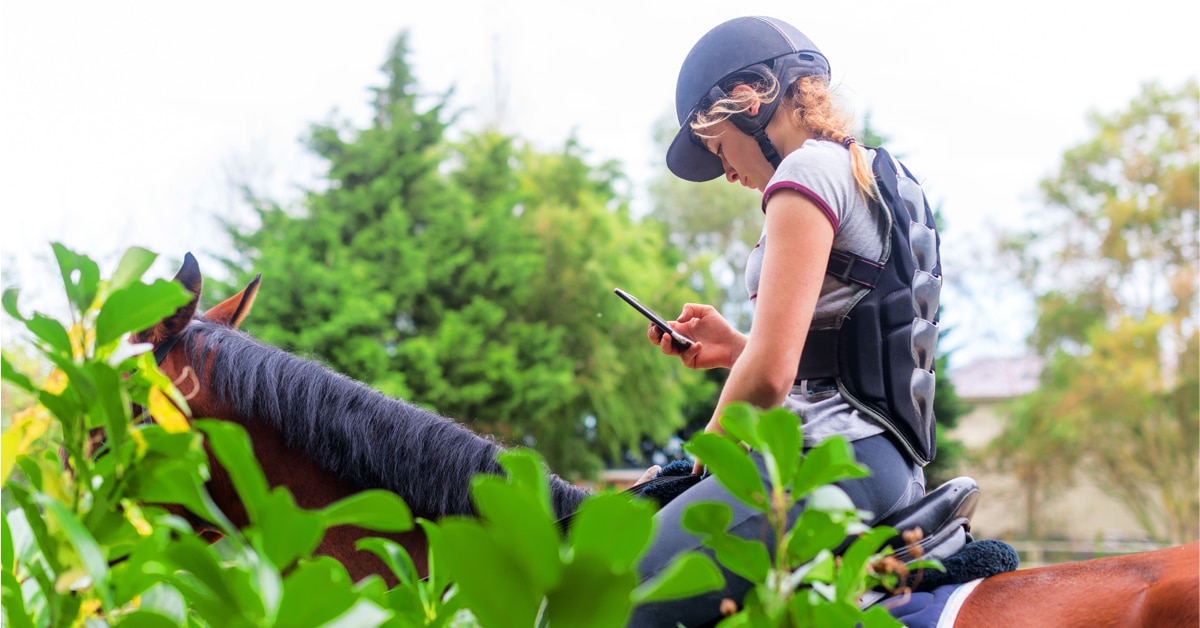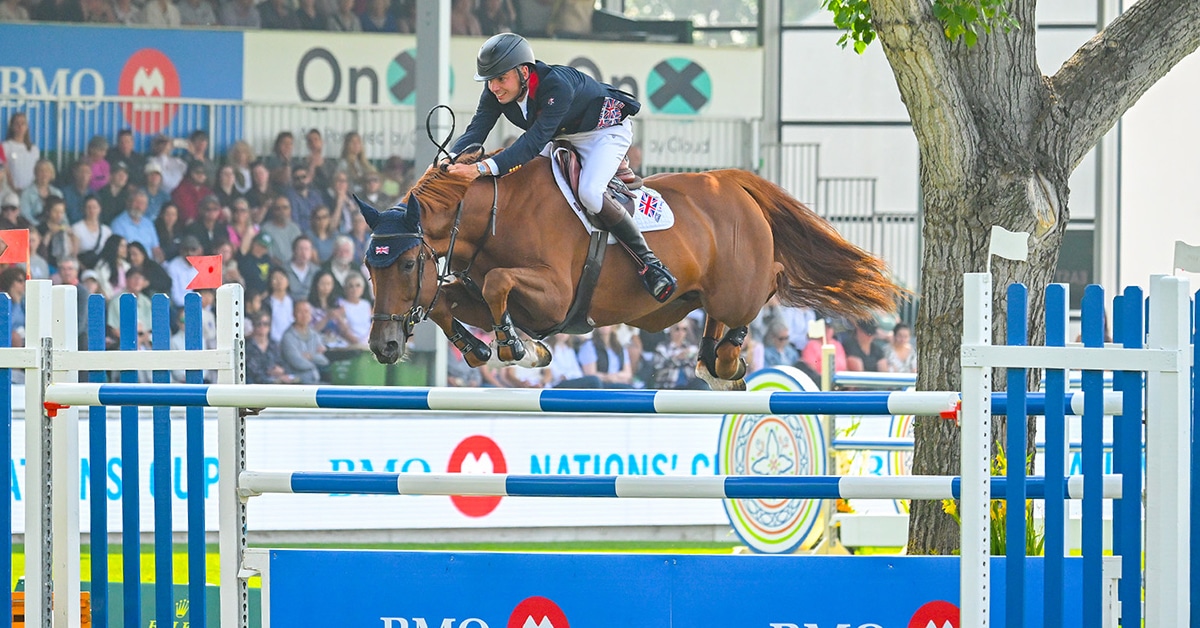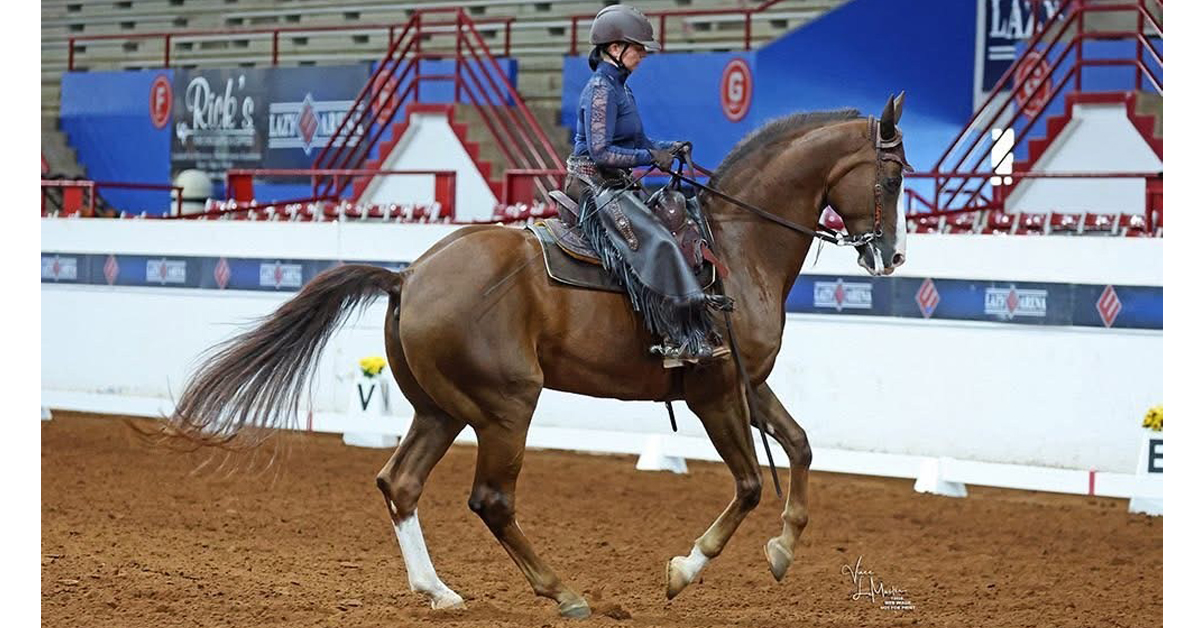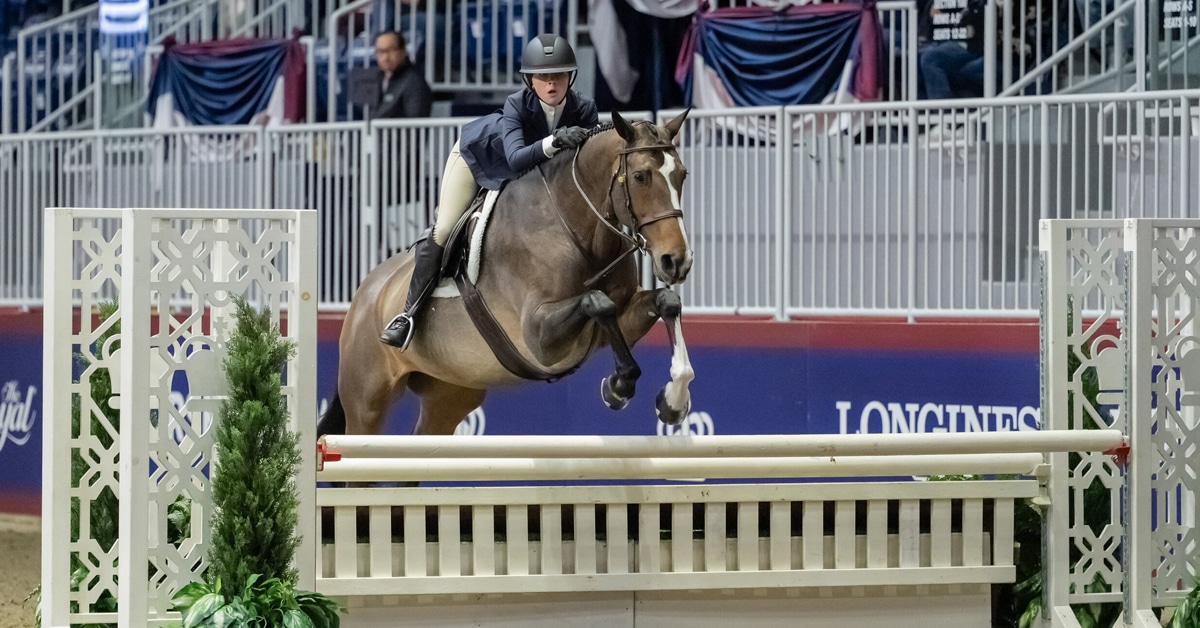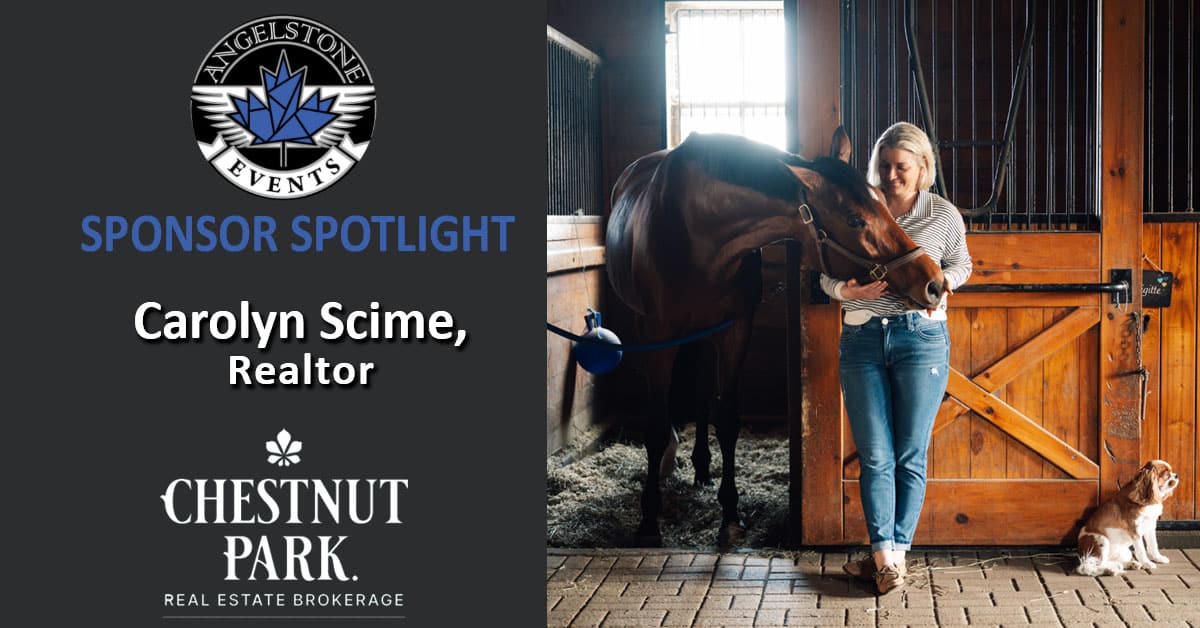1. How did you get into real estate—was it always part of the plan?
Not at all! Real estate wasn’t even on my radar. At the time, I was still riding competitively and working at a farm while finishing up my business degree at York. I had plans to head to Florida that winter to ride, but my horse went lame and everything changed. I still had one semester left and was mostly taking night classes so I could work during the day. One day while I was at the barn, Diana Dunlap—who I was riding with—asked me what I was going to do with my life. I told her I had no clue, and she said they were looking for someone to help out at the front desk at Laceby Real Estate.
I needed a job and said yes. Within a few days, I was working there, and it quickly snowballed. About six months in, I thought, “Why wouldn’t I get my license?” I was surrounded by real estate all day and learning so much. So I got licensed while I was still working the front desk and was really fortunate to be mentored by both Diana and Linda Laceby. It was a small, family-run brokerage and a great learning environment. I eventually started co-listing with them and building my own business. Then in 2010, after four years, I moved to Chestnut Park to grow further.
2. You clearly have deep equestrian roots. How did growing up in the horse world shape your approach to real estate?
It shaped everything. I grew up a total barn rat—I have a photo of my mom holding me on a horse at six months old. I started riding at five, working at summer camps by ten, driving tractors by 14 and braiding manes professionally before I could even drive. In the summer, my parents would drop me off at the barn on their way to work and pick me up on the way home. I even chose my high school around the public transit system that could get me to the barn after school. I also worked for amazing horse people like Jim and Kathy Henry, Sally Sainsbury, Sue McTavish and Darcy Hayes who I groomed, rode, and braided for—you name it.
That kind of immersive experience gives you a really intimate understanding of farm life. It’s not just about the size of the indoor arena or number of stalls—it’s about how the place functions, where the paddocks drain, how the traffic flows, what feed rooms need. When you’ve lived and worked it, you know what questions to ask and what red flags to watch for. That insight has been invaluable when marketing and selling horse properties, and clients trust that I truly understand their lifestyle and needs.
3. Your listings have a distinctive style and polish. What’s your team’s approach to marketing properties?
We approach every listing like it’s a full production. It starts with a strategy session between me, Anne Birkhoff (my licensed assistant), and Charlotte Hodgson (our digital strategist and social media expert). We are all avid horse riders and know country life so we can look at each property with clear eyes: what’s the story, who is the ideal buyer, and how do we highlight the best features? Charlotte builds a customized campaign across platforms—because the tone and visuals are different for Instagram vs. the website vs. print ads.
We do all our own staging—we’ve tried outside companies but found it didn’t reflect our style or needs. So, we maintain an inventory of pieces and rent additional furniture when needed. We also handle the prep work. Anne and I personally oversee the decluttering, touch-ups, and sometimes landscaping or minor repairs. We work with a trusted handyman and landscaper to make sure everything is show-ready.
Our photographer, Mitchell, is not a horse person, but he’s an editorial photographer and filmmaker, so the images are next level. We brief him before every shoot to make sure we’re capturing what matters. Honestly, the work that goes in before a property hits the market is immense—but it’s why our listings stand out.
4. Is your focus exclusively on high-end or horse-focused properties?
Not at all. While equestrian and estate properties are our specialty—because that’s where our expertise really shines—we also help clients with everything from small townhouses to first-time purchases.
That said, the larger and more complex properties are where we add the most value. Understanding the nuances of zoning, land use, conservation, septic systems, and rural infrastructure is crucial—and not every agent is equipped to do that well. Each property is unique, and we treat it that way, from research to marketing. But if you want someone who knows how to price a country property, stage it thoughtfully, and navigate the red tape—those are the deals we live for.
5. What makes Chestnut Park the right fit for you—and how does it benefit your clients?
Chestnut Park has been an incredible partner. When I joined them in 2010, it was a leap toward greater support and professionalism, and it’s been the best decision for my business. They offer resources that small brokerages simply can’t. For example, if I have a legal question, I can pick up the phone and get an answer from an in-house lawyer within minutes. That kind of responsiveness allows me to serve my clients quickly and confidently.
They also have a strong presence in Toronto and other key markets like Muskoka and Collingwood, which is essential because many of our buyers are coming from the city. When they see a Chestnut Park sign, it’s a brand they know and trust. It’s not just about a name—it’s about the level of service and the network you can tap into. Last year, we did $54 million in sales with a small but mighty team. Chestnut Park gives us the tools, branding, and infrastructure to do that at a high level—while still allowing us the freedom to maintain our personalized approach.
The Latest
